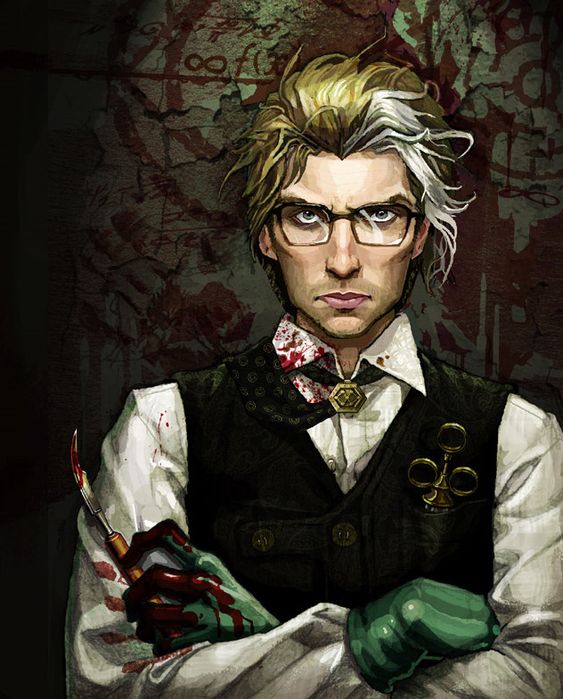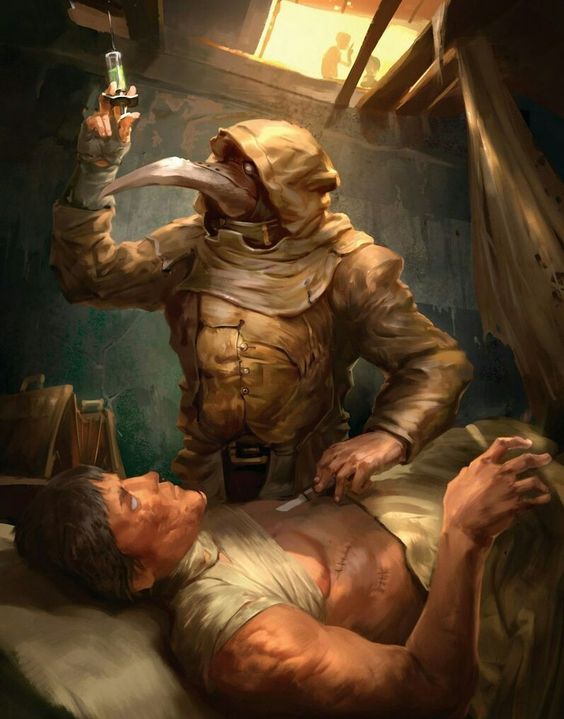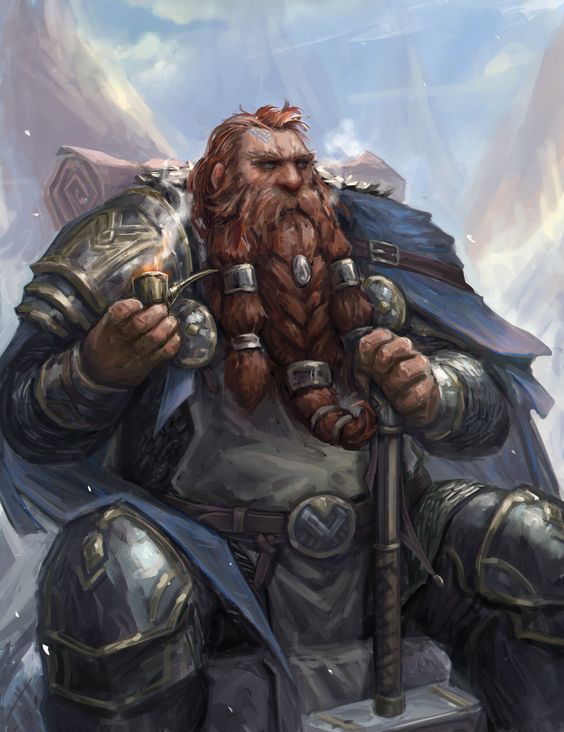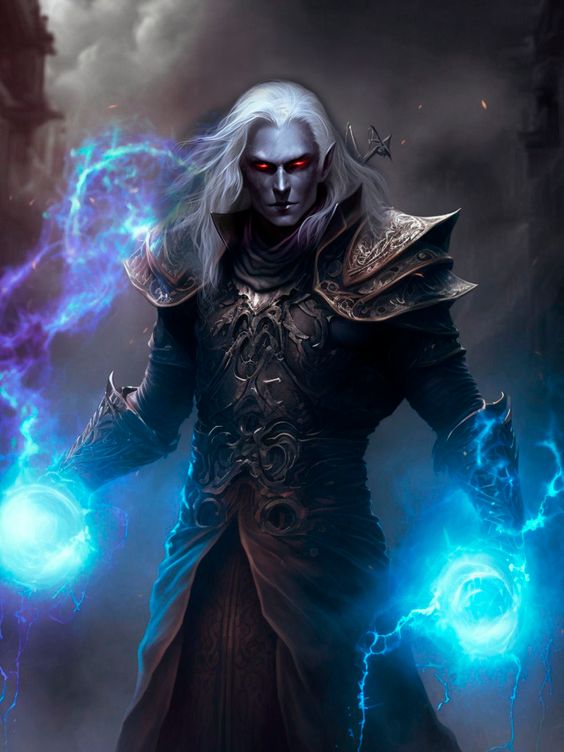D&D 5e: Medicine Is Magical: A Full Healer Feat Guide

D&D 5e: Medicine Is Magical: A Full Healer Feat Guide
Rating the Benefits of Healer
Benefit #1 –
When a Healer’s Kit is used to stabilize a creature that’s dying, they also regain a single HP
Stabilizing a dying creature normally just leaves them at 0 HP, and prevents them from having to take further death saves, rather than dying fully. Or as my party likes to say, dead dead.
The Healer feat instead gets the healed target back on their feet and able to fight. Remember. The only important HP is the last one.
Benefit #2 –
As an Action, a character with this feat can heal a creature using their Healer’s Kit. This Action heals for 1d6 + 4 + a creature’s number of Hit Die.
A Healer’s Kit contains 10 uses and costs almost nothing. The healing is a decent amount, and it can be used multiple times per day if rests are available. This is a very consistent heal, especially for a party that otherwise lacks HP restoration.

Mechanics and Requirements
Understanding How It Functions
Healer is a mechanically simple feat that does two different things:
Stabilizing Dying Creatures
Whenever a creature with the Healer feat uses a Healer’s kit to stabilize a dying creature, that creature regains 1 HP.
This is fantastic. Many standard methods used to stabilize a creature (Medicine checks, Healer’s Kits, the Spare the Dying cantrip) leave a character on 0 HP.
The positive is, that they’re no longer dying. The negative is, that they’re still lying on the floor unconscious, unable to act, and vulnerable to any enemy waltzing over and stabbing them somewhere squishy.
The Healer feat, however, lets a character automatically stabilize a dying creature, bringing them back to 1 HP and the land of the living in one action. That’s great efficiency, equivalent to the Cure Wounds spell, except it’s only limited by how many Healer’s Kits your party has packed, instead of spell slots.
The action also requires no check of any kind. As long as your character has a Healer’s Kit in hand (keep it on your belt for easy access and drop an item as a free action if you have to) then they can heal anyone within 5ft, with zero chance of failure.
Healing Characters Using the Healer Feat
The second part of the Healer feat is a healing action.
Characters with the Healer feat can take an action to heal themselves or another creature. A creature can only be healed once per rest using the Healer feat, ie, you can heal everyone in the party once per day unless you take a short rest, in which case you can heal anyone healed a second time.
The amount healed follows this formula:
1d6 + 4 + the creature’s total number of hit die
This adds a solid amount of natural scaling to the feat. Except in the wildest circumstances, a creature’s hit die generally always matches their level, especially with player characters. So, as an example, a level 1 PC will heal from 6 to 11 HP using the Healer feat, and a level 10 character would heal from 15 to 20 HP.
How strong is the Healer feat?
The question now on everyone’s mind is, just how effective is the healing from Healer?
Obviously, the feat is strongest early, especially at level 1. A good roll of the dice will bring many level 1 PCs from almost dead to full HP, whereas a max roll at level 10 might only bring back 25% of a character’s total HP pool.
But that’s not the full story.
At level 3, you can expect a character being healed by this feat to recover around 30 to 40% of their HP total. Which is a significant chunk, especially if it happens multiple times per day.
This amount also decreases by a surprisingly small value every level; around 1-2% of a character’s HP total per level gained, with the loss slowing as higher levels are reached. Expect the healing from Healer to account for around 20% of a character’s maximum HP at level 10, and still restore around 15% at level 20.
That’s a very good of HP back, especially considering two things:
- The healing action can be performed on a character multiple times per day, as long as there’s space for rests. Nothing is stopping a character with this feat from healing everyone in the party for a chunk of HP, resting, and then doing it a second time.
- Healing Kits cost almost nothing. A character’s wealth by level scales up incredibly fast. Following the recommended tables for loot, a level 5 character might expect to have around 600g in total value. A level 10 character should instead expect to have 16,000g of total wealth.
A Healer’s Kit costs 5 gp. For 10 uses. That means one use is half a gold. 5 silver pieces. Which is, past the first handful of levels, so low a value that it’s almost insulting to keep track of.
Lastly, the value of Healer shoots way up in campaigns where magical healing is limited or unavailable. In a low fantasy campaign, or something taking heavier inspiration from OSR campaigns, the ability to stitch wounds back together without beseeching the gods or burning through spell slots is absolutely invaluable.
If that describes your campaign, then Healer goes from being a decent feat with some great utility, to almost essential, and you should increase its value appropriately.
How does the Healer feat measure up against potions?
Now we know how Healer works, but how does it compare to the standard way of healing through items: Healing Potions?
In 5e, healing potions are magic items, generally awarded as part of the loot from a quest, as items given by NPCs, or bought from shops. There are four standard sizes of potion, ranging from the common and inexpensive Healing Potion to the rare and ridiculously pricey Potion of Supreme Healing.
To give us a marker going forward, here’s how we’re going to break down the value of each item.
Healer’s Kit
Cost: 5gp for 10 uses
HP restored: 1d6 + 4 + level
Gold Per HP: 0.04 gold at level 5
Cost per 100 HP: 4g
We can see that the standard healing kit is incredibly inexpensive, especially when weighed up on a gold per HP basis, restoring a small amount of HP that scales with level.
The important metric here is gold per HP. Our standard is 0.04g per HP at level 5, or 4 gold per 100. We chose this level as it’s a standard tier of play and just after feats, including Healer, commonly become available.
As we go forward, remember: Healing Kits only cost 4 gold to restore 100 HP, on average.
Healing Potion
Cost: 50g
HP restored: 2d4 + 2
Avg. gold per HP: 7
Cost per 100 HP: 700g
Potion of Greater Healing
Cost: 100g
HP restored: 4d4 + 4
Avg. gold per HP: 7
Cost per 100 HP: 700g
Potion of Superior Healing
Cost: 500g
HP restored: 8d4 + 8
Avg. gold per HP: 17
Cost per 100 HP: 1700g
Potion of Supreme Healing
Cost: 5000g
HP restored: 10d4 + 20
Avg. gold per HP: 111
Cost per 100 HP: 11,100
What did we learn?
Firstly, that whoever designed the healing system in 5e was terrible at math. From a value perspective, it’s vastly better in terms of gold spent to chug dozens of standard healing potions, littering the floor around a character with empty vials like they were energy drink cans in some dank gamer cave.
It’s genuinely crazy that a Potion of Supreme Healing costs as much per single HP restored as two full healing potions, which would bring back 14 HP on average.
Spending the equivalent amount of gold as you would on one potion of supreme healing would get you 100 healing potions. That’s an average of 700hp restored, versus 45. For the same gold value.
Obviously, there are significant benefits when it comes to the action economy. Drinking a major potion costs one action, versus the minutes it might take to find and drink a dozen healing potions from your pack.
But honestly, we’d argue that if your plan revolves around spending actions desperately swallowing healing potions to stay alive in combat, something serious has already gone wrong. In-combat healing in 5e is intentionally designed to be inefficient. It’s generally always better to deal damage or otherwise take enemies out of the fight unless you’re healing a target that’s is downed at 0 HP.
Key Stats
The Healer feat doesn’t increase a character’s stats. If you plan on RPing a doctor, high Wisdom, which determines a character’s Medicine skill bonus, might be important.
Interestingly, neither section of the feat requires a check of any kind, meaning a character with zero skill in medicine, who’d probably stitch someone’s legs on backward if required to perform major surgery, can heal the party with no checks or downsides.
Ideal Characters for the Healer Feat
Top Classes
Bard – Bards are traditionally seen as support characters who keep their party going through tough times, in and out of combat. Healer takes this angle and skips away merrily with it, singing something rude.
Firstly, the class already has great healing options built-in, both through spells, and through the Bard’s Song of Rest feature, which adds a little more healing whenever the party takes a short rest. The Healer feat already encourages short rests to gain the most from its healing mechanics. Being a Bard only makes that more efficient.
Secondly, Bards as a class tend to love interesting, utility-based feat choices like this one, especially as they’re less feat reliant than many other classes to be effective.
Thief Rogue – Rogues are a great class choice for the Healer feat in general, being highly skilled, mobile skirmishers who don’t have natural, class-based access to healing. But the Thief pushes this to another level with a single feature: Fast Hands.
This feature allows the Rogue to Use an Object as a bonus action, meaning they can scamper around the edges of the battlefield, restoring ally HP or getting people back up from dying, while still maintaining full combat effectiveness by attacking using their Action.
Fighter – Another class that traditionally has no way to heal their allies; the Fighter is a great choice for the Healer feat, for two major reasons.
First off, the Fighter gains a ton of feat slots through natural leveling, more than any other class in the game. If any class has space in the build for feats that feel supplementary, and less essential, it’s a Fighter.
Second, the class is naturally pretty tough and can push their resilience to alarming levels with a little investment. Anyone still standing at the end of a fight should have a way to get their allies up on their feet and bleeding less. Healer is probably the best way for the class to achieve that.
Race or Subrace Choices
Variant Human – The Healer feat is incredibly strong in the earliest levels. Having access to this amount of healing from level 1 can and will save party members lives.
Fairy – Small size, magical spell support, and most importantly, flight, to allow your flittering little fae to turn on the sirens and get precisely where they’re needed most.
Harengon – An initiative bonus, proficiency in Perception, a bonus to an important save, and the ability to leap through combats multiple times per day, ignoring opportunity attacks. Being able to land right next to the person who needs healing the most is an essential trait for the medic.
Combos, Tactics, and Synergies
Complementary Feats
Inspiring Leader – Stack temporary HP on the entire party, providing another barrier to burn through before getting to real HP and requiring actual healing. On top of this, it refreshes on a short rest. Just like the healing from Healer.
Tough – There’s no point in being the healer if you’re bleeding on the ground with the rest of your party. Tough bolts up to 40HP onto a character’s maximum HP total, increasing the toughness of most characters by a significant amount.
Spells that Synergize
Healing Word – Heal an ally as a bonus action, using only speech, no somatic components are needed. More on this below.
Misty Step – Bonus action teleport to your ally’s side, then heal them using your action.
Strategies for Maximizing Healer Effectiveness
Healing Word and Healer
5e has a restriction on casting more than a single leveled spell per character turn. Even ways that, in past editions, have traditionally been ways around this such as quickened spells, now only allow a character to cast one spell and one cantrip.
As there are no cantrips that directly restore HP, this means there is no way for a character to cast two healing spells in a single turn.
However, a character with access to Healing Word, a basic level 1 healing spell that casts as a bonus action at a range of up to 60ft and requires no hands free to cast, and the Healer feat, can now heal two party members per turn with little to no effort.
It’s incredibly easy, as well. Healer heals the first creature, as long as they’re within 5ft, and your shouted words of encouragement heals the second.
The only issue here is access to your healing kit. The item only weighs 3 lbs, so having it hanging from your pack or belt and easily accessible shouldn’t be a problem. What matters is having hands open to use it. Just make sure to keep a hand free, and chat with your DM about in-combat healing.
Healing Efficiency and Short Rests
Hopefully, this guide has opened your eyes to how the Healer feat is a surprisingly efficient method of keeping a party alive and healthy through all their trials and tribulations.
It’s worth pointing out that the feat becomes much more effective if your party has regular access to short rests.
Consider. In an average 4 person party, adventuring at level 5, the Healer feat heals, on average, 50hp in a typical day. (12.5 per party member.)
A short rest lets the healer do it all again, healing everyone a second time and restoring another 50hp to the party.
Your average level 5 party might have around 160 total HP, shared between its 4 members, taking into account class differences. The Healer feat just brought back two-thirds of those. For the total cost of 4 gold. 1 gold per character. That’s pretty strong and only gets stronger for every rest the party takes.
Final Thoughts on Healer
The Healer feat is a well-designed feat that has incredible potential if used correctly, balanced out by player agency and certain styles of campaign.
No party is ever going to suffer by having a PC take the Healer feat. The healing alone is so cost-efficient that it’s hard to criticize. But where the feat really shines is situations where other forms of healing are hard to come by.
If your GM is running a campaign that has restrictions on magical healing, like Dark Sun, or if the party’s magical characters have little option for healing spells, such as Warlocks, then having a source of available healing shoots way up in value. Save a life. Take the Healer feat.








